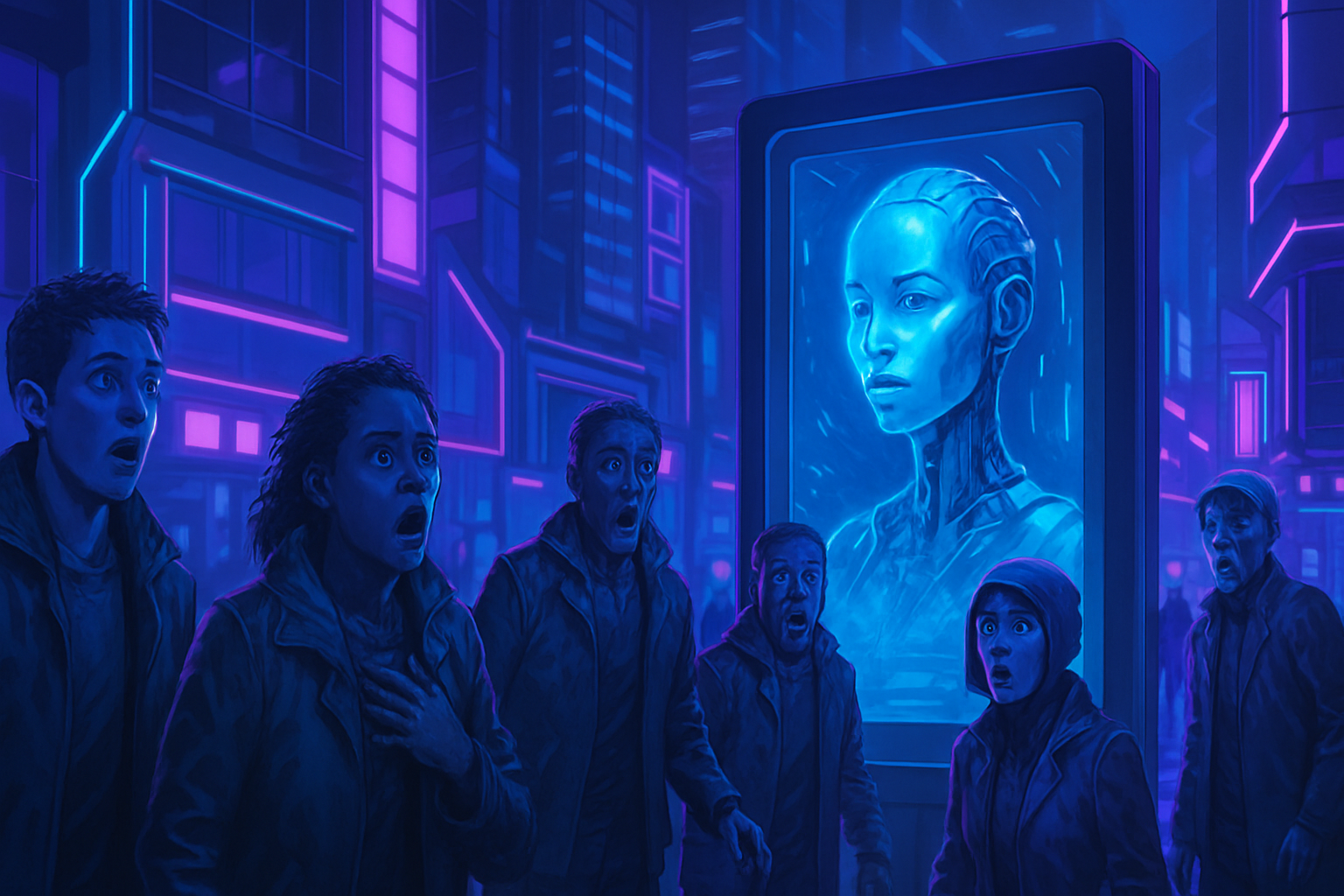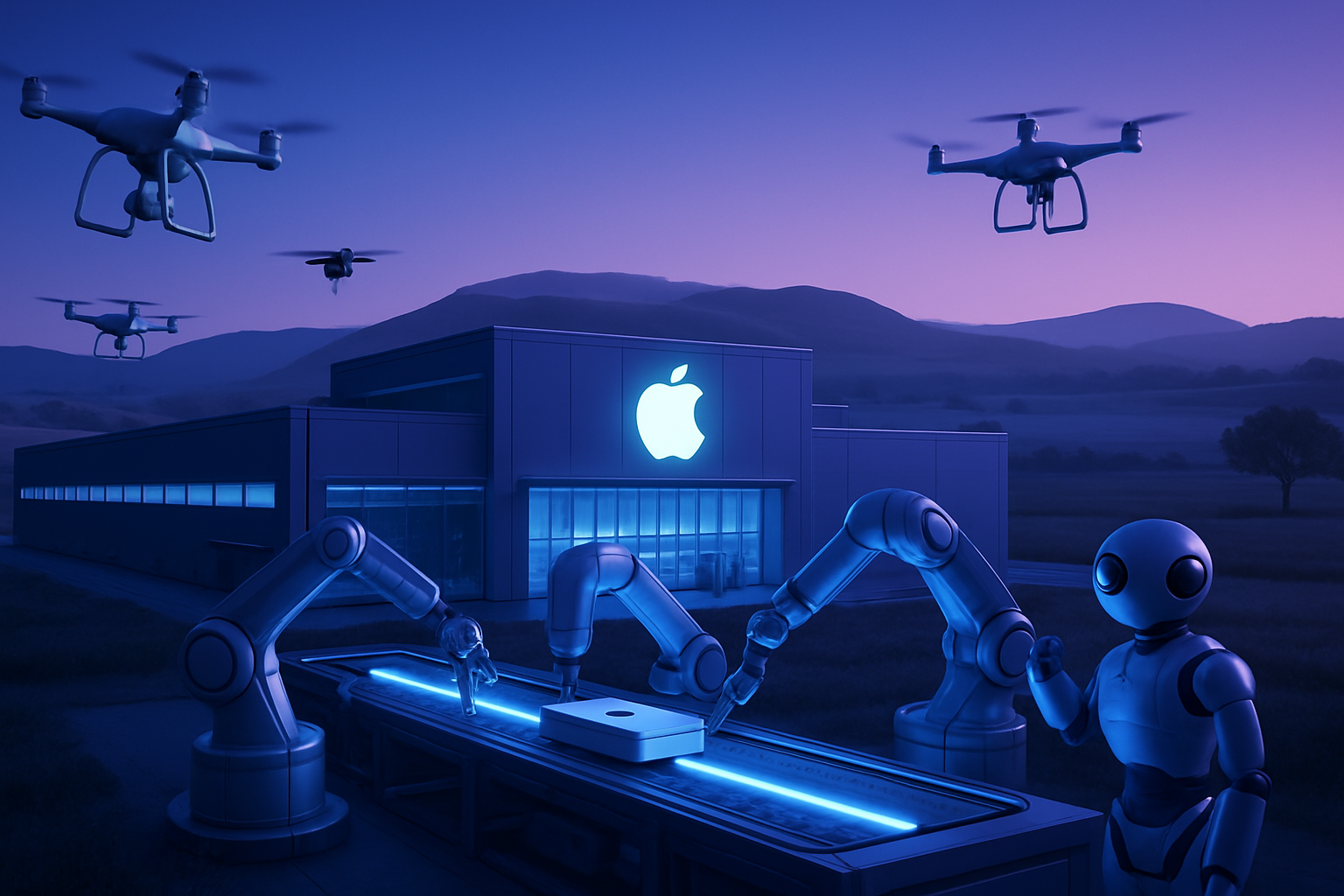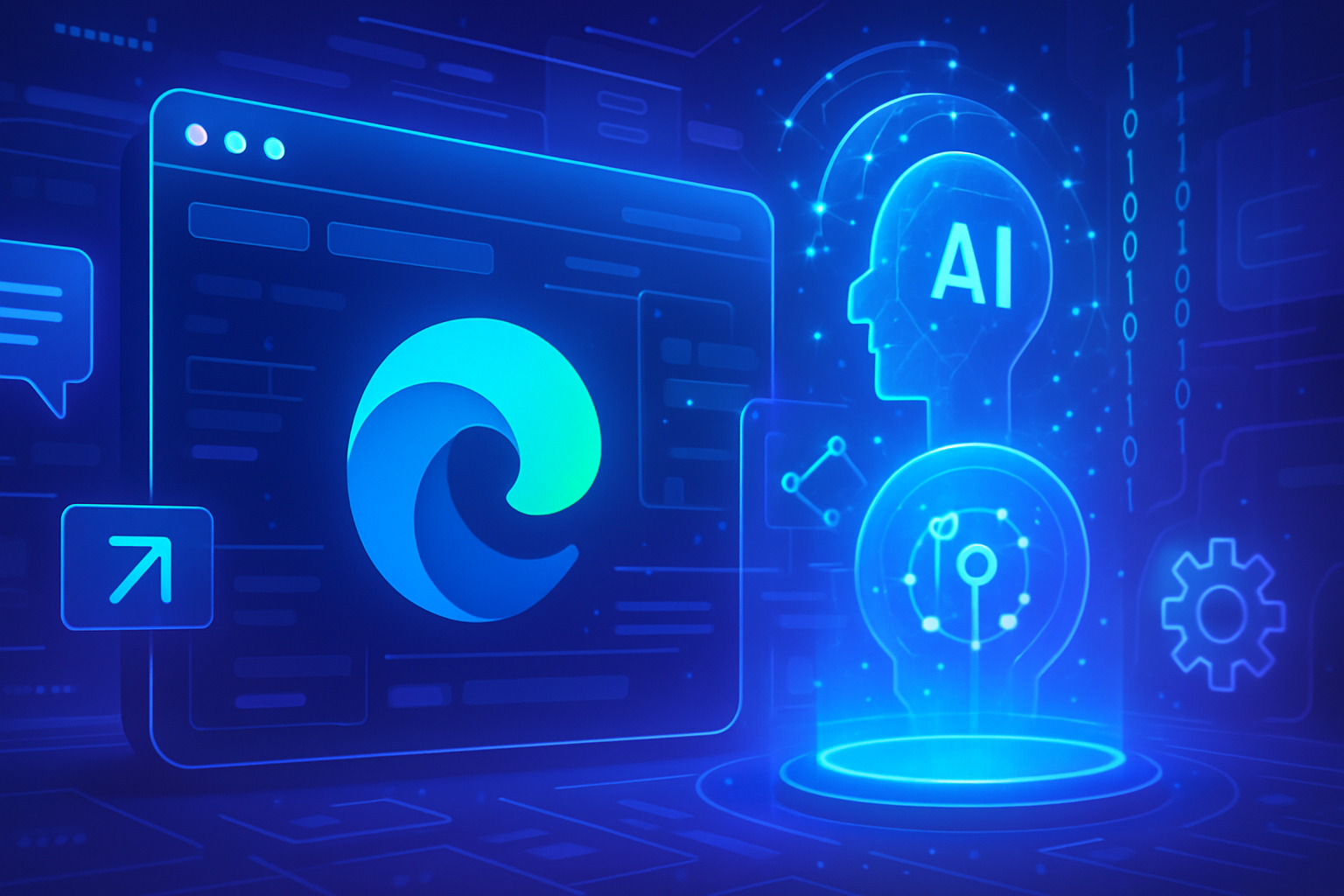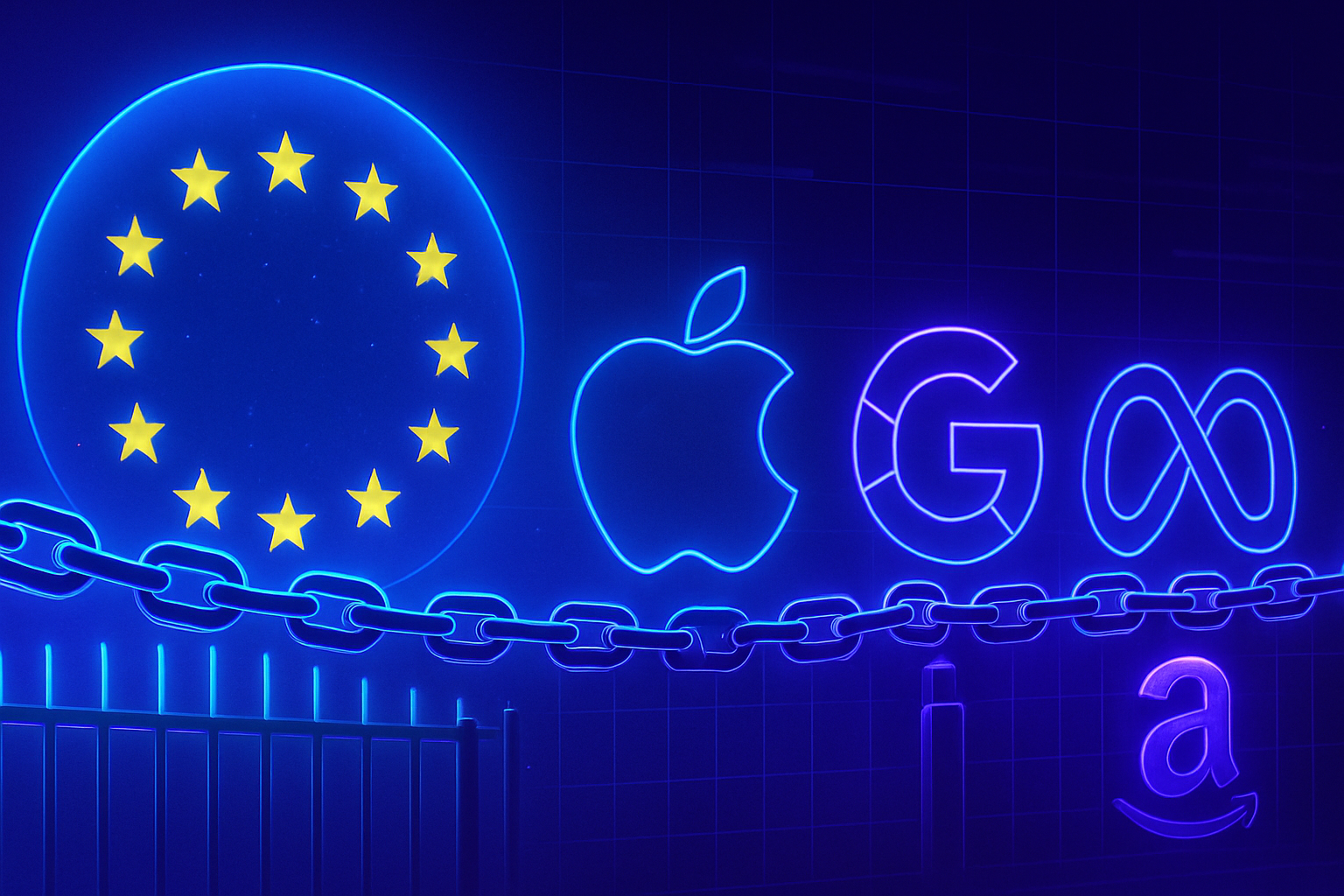The integration of artificial intelligence into the editorial process is radically transforming the media landscape. The renowned daily, Le Monde, is implementing AI tools to enhance its efficiency. This approach raises ethical questions, both regarding the responsibility of journalistic stakes and the reliability of the information disseminated.
AI technologies do not simply facilitate tasks; they redefine the contours of content creation. The practices adopted by the newspaper testify to a willingness for innovation, while navigating sometimes troubled waters. The impact of these choices on the journalistic profession sparks an intense debate about the duality between technological progress and the integrity of information.
The uses of artificial intelligence within “Le Monde”
The editorial team of “Le Monde” has integrated artificial intelligence into various aspects of its editorial production. In accordance with its ethical charter, the group sees AI as a tool for assistance rather than a substitute for humans.
Translation and adaptability
AI enables the translation of articles into English via the DeepL system. This initial process is followed by a meticulous review conducted by professional translators and journalists from the editorial team, thus ensuring the quality of the content. The translations benefit from adaptation that takes into account cultural and linguistic nuances.
Audio and video production
The audio sector also benefits from AI, with an audio version of articles created through the Microsoft Azure platform. This technology uses a personalized neural voice system. The subtitles generated automatically for videos are then read and validated by the editorial teams, ensuring optimal understanding for the audience.
Graphic editing and transcription
The graphic editing of certain video thumbnails is done without adding fictitious elements, seeking to preserve the authenticity of the images. Furthermore, the use of the Trint software allows for the written transcription of interviews and recordings, facilitating both the work of journalists and the accessibility of information.
News dispatch editing
A recent experiment evaluates the assistance in editing agency dispatches using tools from OpenAI, such as ChatGPT. This initiative aims to simplify the adaptation of these dispatches to the editorial standards of “Le Monde.” The responsibility for verifying information remains with the editorial team.
Correction tools and recommendations
Non-generative artificial intelligence tools support the editing process. The Prolexis software assists journalists in spelling and grammar correction, while the final revision remains the responsibility of a correction service made up of specialists.
The group also offers suggestions for links to articles in its archives, thus enriching the recommendations made to readers. These recommendations are based on audience statistics analysis, refining the relevance of the proposed articles.
Commitment to transparency
The charter stated by the “Le Monde” Group emphasizes the necessity of informing readers about the use of AI tools. This level of transparency aims to enhance users’ trust in journalistic production methods. This approach highlights the importance of an ethical framework in the application of technological innovations in the field of information.
Frequently asked questions about the use of artificial intelligence by “Le Monde”
How does “Le Monde” use artificial intelligence for the translation of its articles?
“Le Monde” uses the DeepL translation system to translate articles into English. These translations are then verified by a professional translator before being finalized by an English-speaking journalist from the editorial team.
What are the applications of AI for producing audio content at “Le Monde”?
“Le Monde” utilizes a personalized neural voice platform from Microsoft Azure to produce audio versions of its articles, thus improving the accessibility of its content.
Does artificial intelligence assist in subtitle generation for “Le Monde”’s videos?
Yes, AI is used for automatic translation and subtitle generation from audio tracks for videos. These subtitles are then read and verified by the editorial team.
How does AI contribute to improving the graphic quality of “Le Monde”’s video publications?
“Le Monde” uses AI to edit the backgrounds of certain video thumbnails, which visually enhances the content, without creating fictitious elements.
What artificial intelligence tools are used for transcribing interviews at “Le Monde”?
The editorial team uses Trint software to transcribe recordings or oral interviews intended for professional use by journalists.
How does AI facilitate the editing of agency dispatches at “Le Monde”?
“Le Monde” is experimenting with the use of tools from OpenAI, such as ChatGPT, to assist in editing agency dispatches, thus relieving a tedious task while maintaining verification and validation by the editorial team.
What guarantees are there for verifying information during the use of AI by “Le Monde”?
All information generated or adapted by AI tools is systematically verified by “Le Monde” journalists to ensure the reliability of published content.
Does “Le Monde” use non-generative AI tools? If so, which ones?
Yes, “Le Monde” uses non-generative AI tools to assist with spelling and grammar correction, as well as to suggest links to relevant articles.
What is the main objective of “Le Monde” in integrating artificial intelligence into its editorial processes?
The main objective is to improve the efficiency of editorial production while ensuring high ethical standards and transparency toward readers regarding the use of AI.






